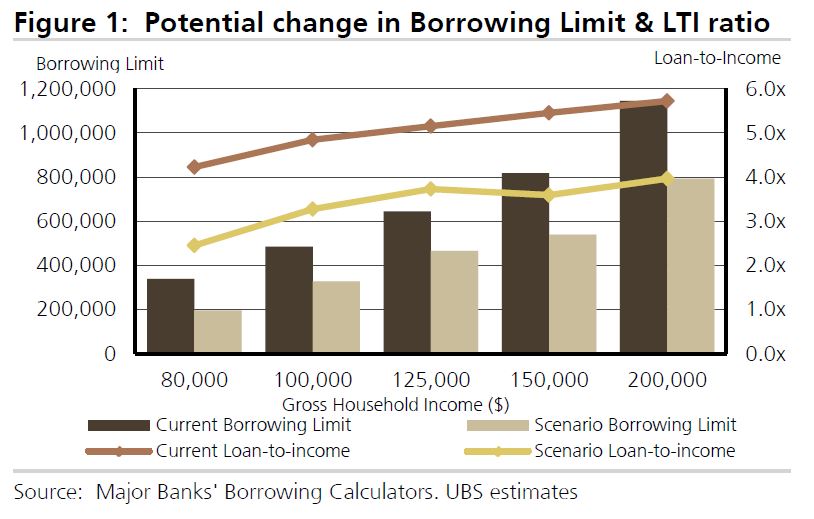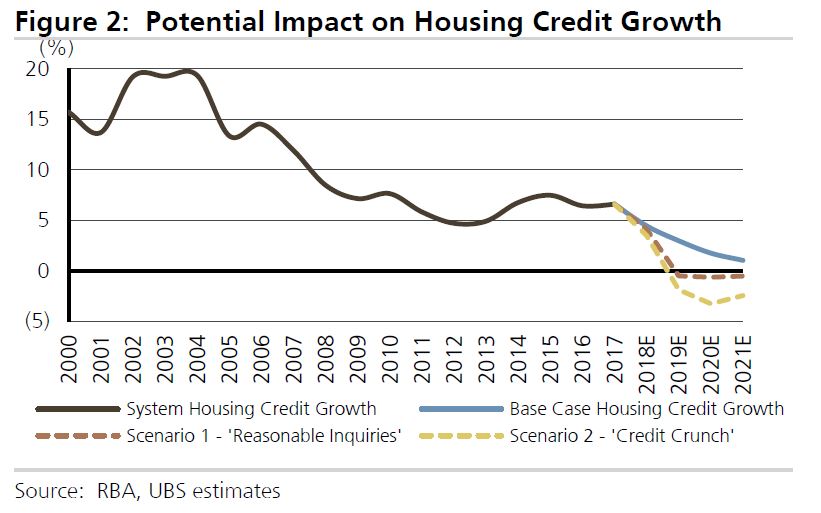AMP says the company apologises unreservedly for the misconduct and failures in regulatory disclosures in the advice business as revealed in the Royal Commission.
The AMP Limited Board today announces the following actions to accelerate the necessary change within the organisation:
- The Board and the Chief Executive Officer, Craig Meller, have agreed that he will step down from his role with immediate effect.
- Mike Wilkins, a Non-Executive Director on the AMP Limited Board since September 2016 and a former CEO of IAG Limited, has been appointed as acting Chief Executive Officer until the search for the new CEO is completed.
- An immediate, comprehensive review of AMP’s regulatory reporting and governance processes will be undertaken. This work will be overseen by a retired judge or equivalent independent expert who will be appointed imminently.
- A Board Committee has been established to review the issues related to the advice business raised in the Royal Commission. The Committee is chaired by Mike Wilkins and will act with the assistance of external counsel, King & Wood Mallesons.
- The Group General Counsel, Brian Salter, has agreed to take leave while the review is undertaken. David Cullen, AMP General Counsel, Governance has been appointed as acting Group General Counsel.
AMP will be making a submission to the Royal Commission to respond to the issues raised. The submission will, among other matters, address the issue of the independence of the Clayton Utz report.
The Board will withdraw resolution four from its Notice of Meeting to the 2018 Annual General Meeting, which relates to an equity grant for the Chief Executive Officer.
The actions announced today build upon the existing program of work, instigated in 2017. The work underway includes:
- Customer remediation, with the program well progressed and 15,712 customers identified and $4.7 million fees refunded to date.
- An external review to ensure all fee for no service business practices have ceased. This review is now complete and has confirmed that the practices ceased in November 2016.
- An independent investigation into employee conduct. Based on the review’s findings, the Board will determine the employment and remuneration implications for any relevant individuals around the fee for no service matter.
- A review and complete overhaul of governance, systems and processes in the advice business.
- An enterprise-wide cultural audit conducted by an external consultant.
- An enterprise-wide review of risk governance, controls and culture also conducted by an external consultant.
AMP Chairman Catherine Brenner said: “AMP apologises unreservedly for the misconduct and failures in regulatory disclosures in our advice business. The Board is determined that we will meet these challenges head on, accelerating changes in both culture and performance at AMP.
“We have been driving much-needed change and improvement in our advice business, which has undergone significant leadership and governance renewal over the past year but we know we have much more to do to.”
Craig Meller said: “I am honoured to have been the CEO of AMP. I am personally devastated by the issues which have been raised publicly this week, particularly by the impact they have had on our customers, employees, planners and shareholders. This is not the AMP I know and these are not the actions our customers should expect from the company.
“I do not condone them or the misleading statements made to ASIC. However, as they occurred during my tenure as CEO, I believe that stepping down as CEO is an appropriate measure to begin the work that needs to be done to restore public and regulatory trust in AMP.”
Mike Wilkins – biography
Mike Wilkins was appointed to the AMP Limited Board and as a member of its Audit and Risk Committees in September 2016. In May 2017, he became Chairman of the Risk Committee. He was also appointed to the AMP Life Limited and The National Mutual Life Association of Australasia Limited Boards in October 2016.
Mike has more than 30 years’ experience in financial services in Australia and Asia in sectors such as life insurance and investment management. Mike has more than 20 years’ experience as CEO for ASX100 companies. Most recently, he served as Managing Director and CEO of Insurance Australia Group (IAG). He is the former Managing Director and CEO of Promina Group Limited and Tyndall Australia Limited.
Mike is a Fellow of Chartered Accountants Australia and New Zealand and is also a Fellow of the Australian Institute of Company Directors. Mike was made an Officer of the Order of Australia in 2017 for distinguished service to the insurance industry.








